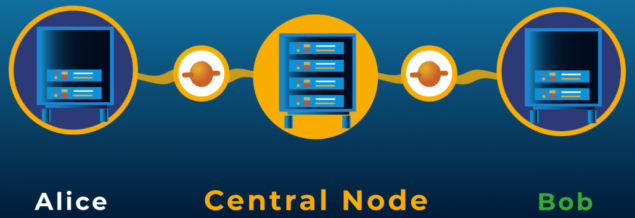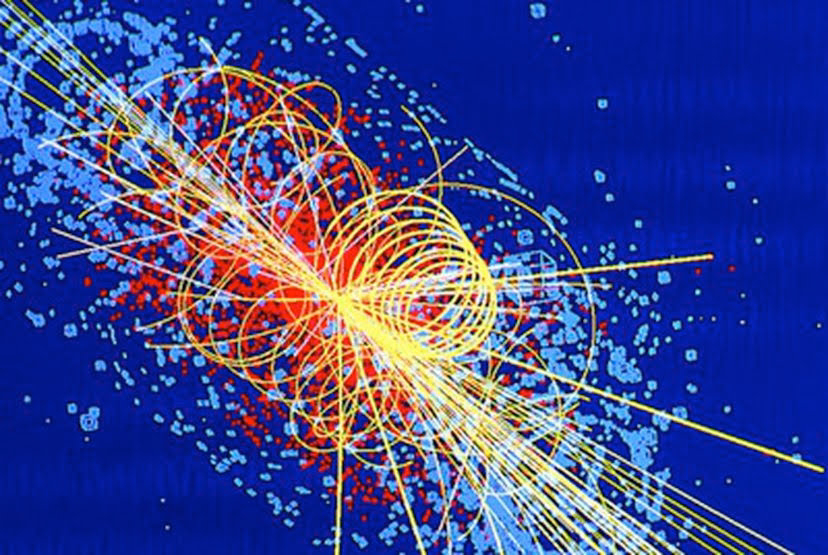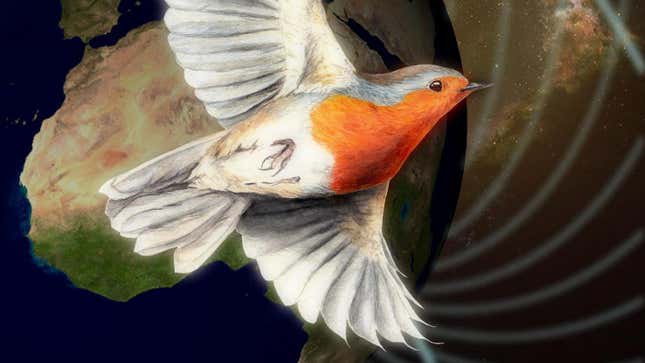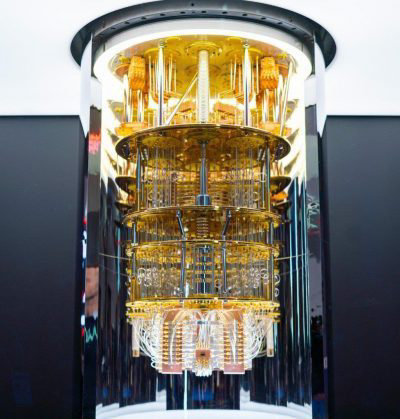How quantum physics may save Earth from global warming

Transporting renewable energy to where it’s needed lies at the heart of the human endeavour to get rid of the need for fossil fuels. Superconductors can do so without loosing any of the precious electricity on the way, seemingly defying physical intuition. Find out in this article why many body physics is needed to understand their counter-intuitive behaviour, what role quantum entanglement plays and how quantum computation might lead to the discovery of materials which may give us the tools for a greener future. One of the oldest still existing rainforest in the world — Daintree at Cape Tribulation in Australia. It was the enourmous plant material produced in the forests of the Carbon age which got compressed to coal and oil in the depths of the earth — and it is forests like this which are now endangered by global warming. Dealing with cli m ate change and the shortening fossil resources of our planet is one of the most pressing problems of our generation. Phy...





